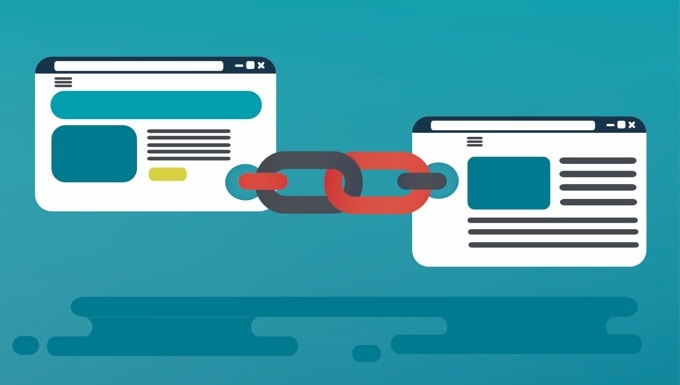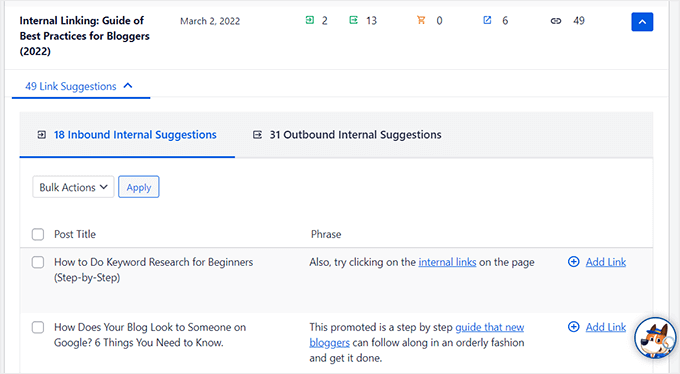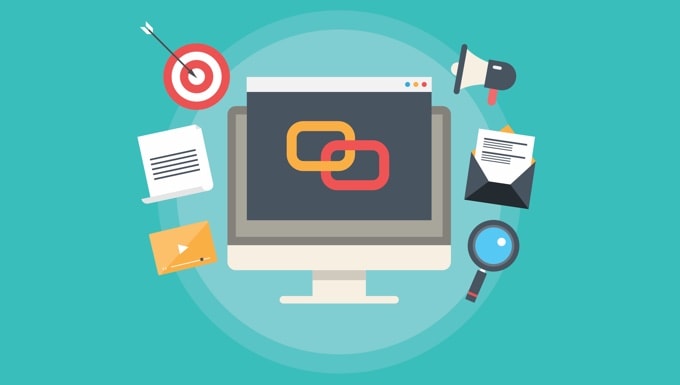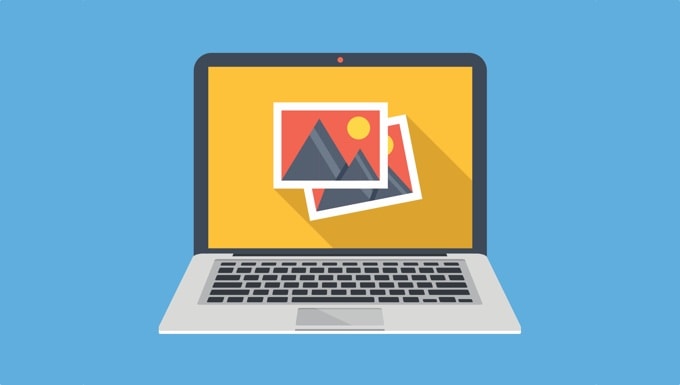Guide on how to optimize images for blog posts
1. Make Internal Linking a Routine Task

Now that you have started creating good content, it is important to link to your articles from your existing blog posts. This is called internal linking, and it plays a huge role in SEO.
Here is why internal linking is so important:
- Internal links help Google understand the context and relationship between different articles on your website. It then uses this information as ranking signals.
- Internal links, when placed strategically and in context, can help you increase pageviews and reduce bounce rate.
- It is harder to ask third-party websites to link to your articles. It is way easier to create links on your own site.
We recommend that you make a habit of linking to your older articles from your new articles.
Because internal links play such an important role in SEO, we have even made it part of our pre-publish checklist for our writers.
At WPBeginner, we use the AIOSEO internal linking assistant to quickly add links to boost our SEO.

For more details, check out our recommendations of the best internal linking plugins for WordPress.
2. Start Generating More Backlinks

A backlink is an incoming link to your content from an external website. Backlinks are one of the most influential signals in Google’s rankings.
Getting backlinks from reputable websites and blogs is very difficult. It’s not just beginners who find it hard, even experienced bloggers struggle with it.
Here are some tips to get quality backlinks to your website:
- Reach out to influencers and reputable blogs in your industry, and then tell them about specific content on your website that they might want to link.
- Write guest posts on other blogs and websites.
- Interview influencers and bloggers on your blog. They will likely want to let their users know to come checkout their interview, and you’ll get a backlink.
- The easiest way to get a backlink is to add a link to your website on all your social media profiles.
3. Add Images, Charts, Infographs to Create Visually Attractive Content

In Step 5, we mentioned that adding images and charts to your articles makes them more readable. Since visual elements are so important, we believe they deserved their own spot on this list.
Our brains prefer visual elements. As human beings, we love colors and objects because aesthetics trigger emotional responses in our brains. This makes us more engaged and immersed in our surroundings.
People love looking at infographics because they make information engaging and easy to consume. Images in your blog posts grab users’ attention and help them focus on not just the visual element but also the text around it.
If you’re just starting out, then it’s important to know that you cannot just use any image you see on the internet. Images are protected by copyright and stealing copyrighted material can have serious consequences.
Ideally, you want to use your own images, graphics, and photographs, but not all bloggers are graphic designers or photographers.
Luckily, there are so many great resources to find royalty free images, and there are even tools that you can use to easily create your own graphics. Here are some helpful resources:
Comments
Post a Comment